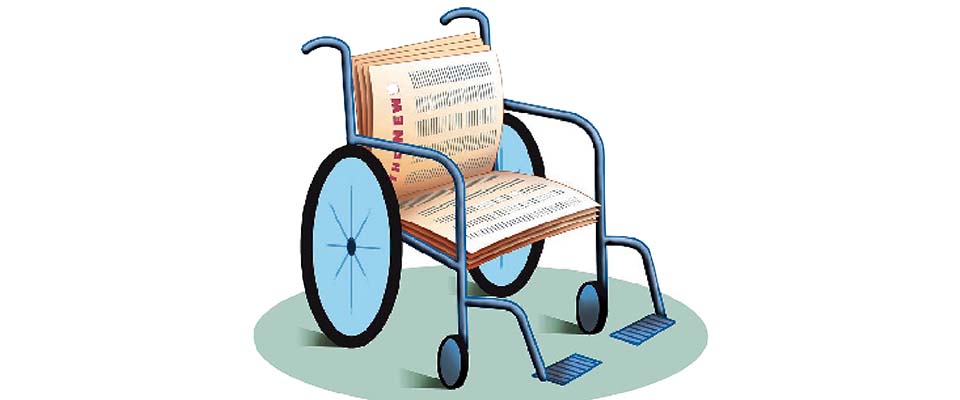The campus was shining as only our spectacular splotch of Bay Area real estate can do. Clusters of high school kids posed for pictures at the university they hoped to attend. Cal T-shirts, sweatshirts, shorts, and athletic jackets sauntered by. Frisbees flew, and a giant dog galloped over to offer a passionate greeting that left me happily cloaked in white fur.
It was a timeless UC Berkeley scene, little different from what I might have experienced as a student so many years ago. Now, after a too-long absence, this loyal alum was returning to the Graduate School of Journalism for a conference. Hard to believe, but eons ago the GSJ had been located in Sproul Hall. Indeed, a crusty old prof named Herb Jacobs taught me to crowd-count as we stood on the balcony and estimated the number of protesters at anti-Vietnam War rallies.
That skill served me well. So did the sense of curiosity that the GSJ fostered, along with a mission to ferret out social injustice. Back then at the GSJ, we all had a kind of Crusader Rabbit complex. Evidently I never got over that, because throughout my decades at major newspapers, I’ve maintained a private story ratio: four for them (meaning the insatiable beast known as daily news) and one for me—without fail, a story about people on the margins, people who might otherwise be forgotten.
But it was not merely in my capacity as geriatric Lois Lane turned academic that I ambled over to the GSJ’s current home. This time I brought the sorrowful eyes of a mother whose son had been paralyzed in a terrible accident and succumbed a year later, at 23, to complications of his spinal cord injuries. In a family of writers, Sam was without doubt the most talented. As a correspondent for our local newspaper while still in high school, he had me ferry him to assignments until he could drive himself. His dream was to earn a master’s at Berkeley—not because it was his mother’s alma mater, but because it was a remarkable program.
The Craftsman-style building at the intersection of Euclid and Hearst that now houses the journalism school was built in 1906 as the headquarters of Cal’s College of Architecture. No doubt, before my son was paralyzed, I likely would have overlooked the obstacles that this impossibly quaint, shingled structure poses for the nonambulatory. Probably I was then just as oblivious as the grad students who today looked bemused when I asked how a person in a wheelchair might be expected to go up and down several sets of stairs to gain access to the restrooms. Back then I might not have even blinked when I saw the circuitous outdoor ramp a wheelchair-bound person must use to enter the school’s largest lecture hall, where a separate desk emblazoned with the universal emblem for disability sits close to the stage. I might not have wondered why there was no elevator in the front lobby.
Cal’s hilly campus is no one’s idea of an easy-to-navigate expanse. I well remember racing from Tolman Hall to Kroeber Hall, hoping to make it before the next lecture started. I had disabled classmates then, and I regret now that until their plight became personal to me, I did not fully appreciate the added challenges they faced on campus. Back then many used the cumbersome, motorized wheelchairs that have become less widespread with the advent of lightweight manual chairs. No wonder so many disabled students have such buff upper torsos. You try wheeling one of those things around our rolling college grounds.
My two Cal degrees fill me with pride. Every year I write checks to the larger University and, separately, to the graduate program that launched me on a long, exciting career. Like all long-in-the-tooth grads, I sift through the entreaties to remember my alma mater in my estate planning. After this most recent visit, it’s something that could happen. Maybe an elevator in memory of my son might look great in the GSJ lobby.
Elizabeth Mehren is an author, a longtime correspondent at the Los Angeles Times, and currently a professor of journalism at Boston University.



















